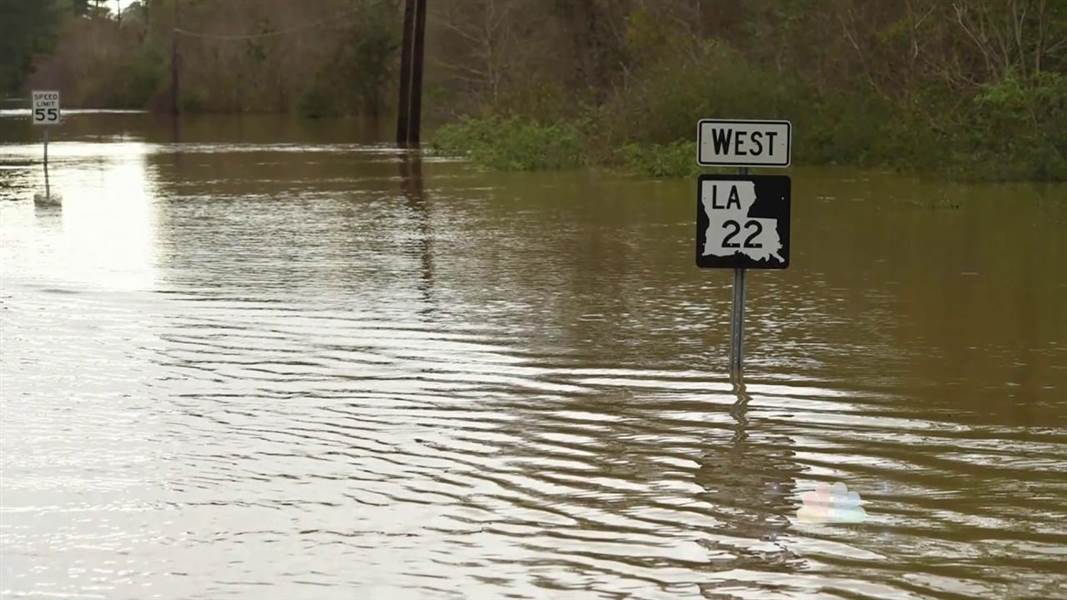AIB are delighted to announce the successful launch of our Flood Re offering, with policies available with an inception date after the 6th April 2016.
If you live in a flood risk area and need specialist cover, with a flexible solution regarding the flood cover, premium and excess call us for your instant quotation. 
For an instant quote and cover call the team now on 02380 268351.
How is Flood Re being funded?
The insurance industry itself paid the set up costs of Flood Re, which are over £20 million, and many millions more have been spent by individual companies preparing their own systems. The pool of money to cover claims made on policies which are in the scheme will come from two places – the charge for each policy which is passed into Flood Re, and an additional annual £180 million levy on UK home insurers. Flood Re also has its own reinsurance policy in place to ensure it will be able to cope with significant or multiple flood events.
How are the costs of putting a policy into Flood Re calculated?
When a policy is passed into Flood Re, the insurer will be charged a fixed sum dependent on that property’s council tax band. For higher risk homes, this set price will be artificially lower than the price in the market which is based on risk, meaning the insurer should be able to offer the customer a lower price for the flood part of their insurance.
The final amount the customer is asked to pay for the overall insurance policy will depend on a wide range of factors, which different insurers take into account in different ways. This will include considerations such as what the policy holders do for a living, the age and condition of the property, and the likelihood of a claim being made because of fire, theft or subsidence, for example, not just flooding.
How is it decided which policies end up with Flood Re?
It is expected around 350,000 properties will meet the eligibility criteria and benefit from Flood Re over time, although there is no cap. This figure represents about 2% of eligible UK households. The decision about which properties are passed on will be taken on a financial basis; if a property can get a better price for flood insurance outside of Flood Re there will be no need to use it. Only when the cost of covering the flood risk becomes more expensive than the cover offered by Flood Re will it make sense to pass that part of the policy on. This means the properties which end up in the scheme cannot be predicted on a purely geographical basis – and it is possible different decisions could be reached even for neighbouring properties.
Are any properties excluded?
The majority of homes in high flood risk areas will be eligible for Flood Re, but there are some exclusions. Properties built after January 1st 2009 are not covered because it’s important not to incentivise home-building in flood risk areas. This cut-off date was introduced for a previous agreement on flood insurance between insurers and the Government which began in 2008 so this is being rolled over to Flood Re. Flats in leasehold blocks containing four or more homes are also excluded, likewise, landlords policies are also typically excluded from the scheme.
This is a home insurance scheme – why does it not cover businesses?
Home and business insurance are very different things, and home insurance is a simpler product. It is not possible or appropriate to extend Flood Re to cover businesses.
Where there are small businesses which face difficulty getting property insurance because of flood risk, the nature of this problem is on a much smaller scale nationally and is of a different nature to those faced by domestic properties. If it is decided a specific solution needs to be found to help flood risk businesses access insurance there are a number of different options which could be explored, such as ways to reduce the flood risk to those properties in the first place, whether there is a market for more specialised products, or whether direct Government support could be funded via business rates, corporation tax or a new measure.
More information can be found at the following sites:
www.floodre.co.uk
https://www.abi.org.uk

You must be logged in to post a comment.